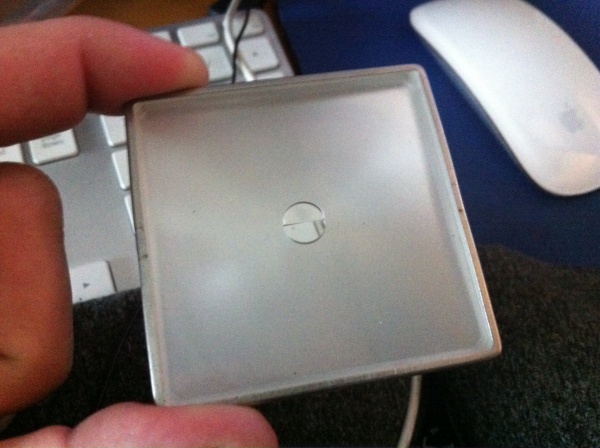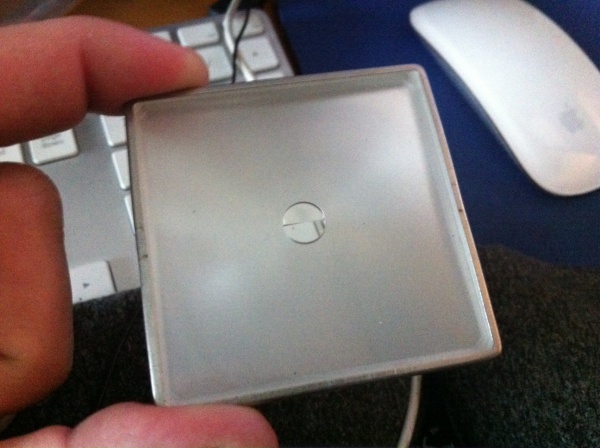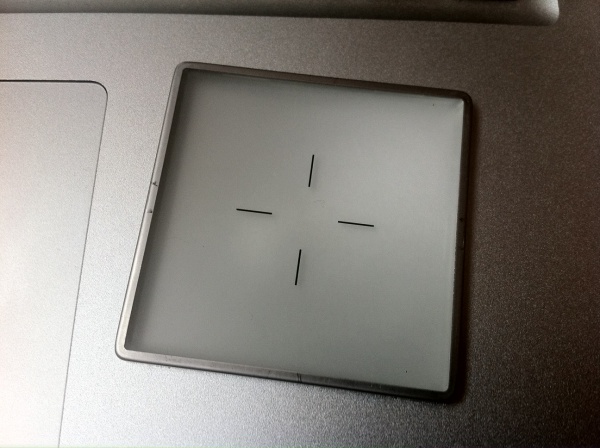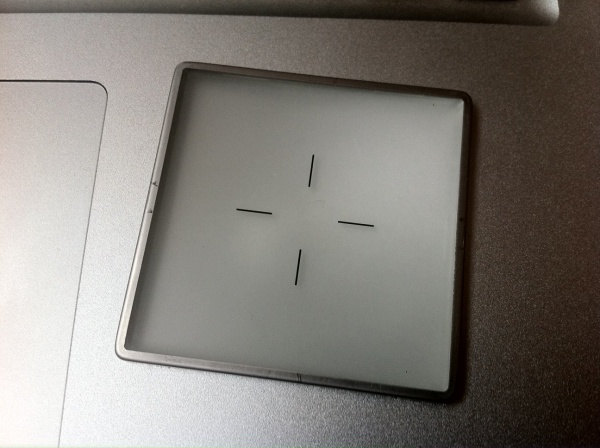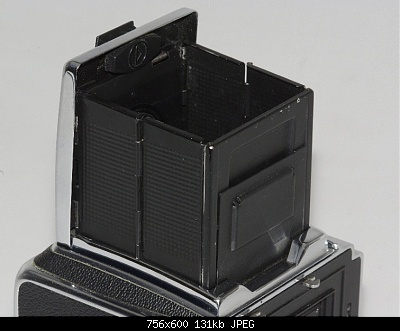I purchased a 1980 500C/M a little while ago with the original cross reference focus screen. Been borrowing an Acute Matte screen from work for a while and it's about a billion times better. I'd like to purchase one, but paying hundreds of dollars for a piece of glass is something I'm wrestling with. So onto the questions.
What are the different Acute Matte focus screens out there and what are the differences? From some previous research, this is what I've found so far:
And finally, can someone identify the screen that I'm currently borrowing?
What are the different Acute Matte focus screens out there and what are the differences? From some previous research, this is what I've found so far:
- 42170 - with grid and split
- 42270 - newer version with grid and split
And finally, can someone identify the screen that I'm currently borrowing?
